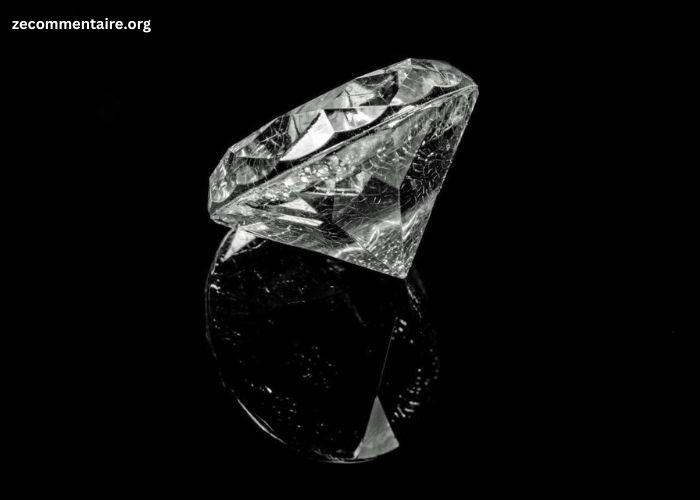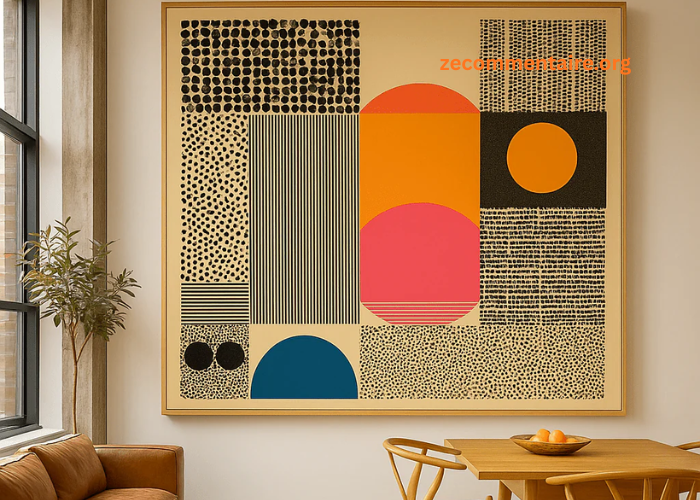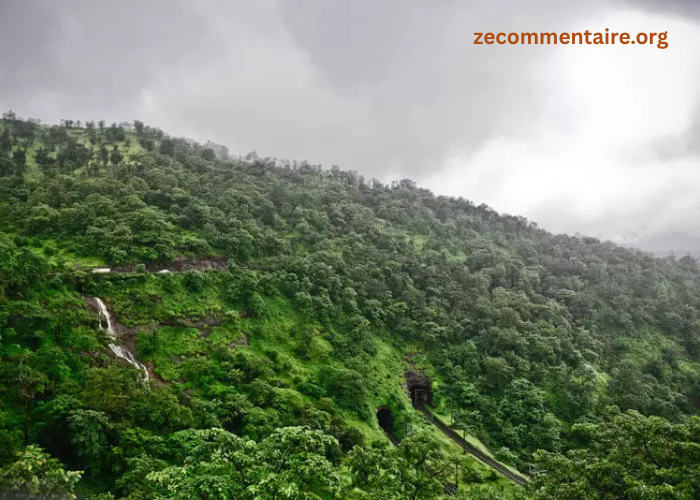Diamonds have long been symbols of love, beauty, and wealth, and their cuts play a major role in their allure. From the early days of simple shapes to the intricate designs we see today, the evolution of diamond cuts is both fascinating and impactful.
Knowing how these cuts evolved helps us see why some styles last forever, while others fade with trends. Read on to learn more.
The Early Days of Diamond Cuts
Initially, diamonds were valued for their raw beauty rather than their cut. During the Middle Ages, jewelers used a method called the “table cut,” which was one of the earliest techniques.
This cut left a flat surface on the diamond, emphasizing its natural color and brilliance. Yet, as individuals began to wear diamonds more openly in fashion, the need for more refined cuts emerged.
The Rise of the Brilliant Cut
Fast forward to the 19th century, when diamond cutter Marcel Tolkowsky introduced the brilliant cut. This innovation revolutionized the way diamonds were perceived in jewelry, enhancing their ability to reflect light.
The brilliant diamond became a trend, especially in the Victorian era. During this time, diamonds became very popular, mainly in engagement rings. Such rings symbolized romance and commitment, and the sparkling nature of the brilliant cut played a significant role in this.
Modern Diamond Cuts and Trends
As the 20th century rolled in, diamond cuts continued to evolve. Fashion trends began to influence which shapes were popular. Cut styles like the princess cut, which has sharp corners and a modern aesthetic, gained immense popularity during the 1980s. This was a reflection of changing societal norms where people sought distinctive yet elegant styles.
The Fascination with Vintage Cuts
Interestingly, while modern cuts gained popularity, vintage cuts also experienced a resurgence. The oval cut diamond became popular in the 1960s.
Now, it is making a comeback. People are drawn to its unique design and the artistry behind it. Vintage cuts brought a sense of history and character that appealed to many buyers.
The Influence of Celebrity Culture
It’s hard to discuss the evolution of diamond cuts without mentioning the role of celebrities. In recent decades, many celebrities and royals have picked unique diamond cuts for their engagement rings. This choice has sparked new trends.
When celebrities showed off pear-shaped stones or cushion cuts, the public often copied them. They were excited to adopt similar styles. This cycle of influence has kept the diamond industry actively aligning with fashion trends.
Diamond Cuts in the Age of Social Media
Today, social media plays a huge role in diamond fashion. Platforms like Instagram and Pinterest are flooded with images showcasing stunning diamond rings, helping potential buyers visualize their options.
New styles and cuts go viral, transforming conventional ideas about what diamonds should look like. Unusual shapes like hexagonal and marquise cuts are popular with trendy people looking for unique jewelry.
The Importance of Personalization
In today’s world of modern shopping, personalization has become a top priority for consumers. The diamond industry has taken note of this trend and has responded by offering custom cuts and settings that cater to individual tastes.
Gone are the days of mass-produced jewelry; instead, many people are now eager to mix and match different styles to create a unique piece that reflects their personality. For instance, a customer might choose a vintage-inspired setting paired with a modern-cut diamond, creating a one-of-a-kind masterpiece that tells a story about their personal style.
As a result, jewelers are no longer just selling diamonds, but entire narratives that resonate with each customer. They are crafting a story that speaks to the individual, often drawing on emotional connections and memories associated with the jewelry.
The Future of Diamond Cuts
Looking ahead, it’s clear that diamond cuts will continue to grow and adapt with changing trends. As technology improves, new cutting techniques will emerge, offering even more options for consumers.
Sustainability and ethical sourcing are also becoming a focus in the diamond industry, which may influence design choices in the years to come. Consumers are increasingly interested in ensuring their purchases reflect their values, impacting everything from the cut of the diamond to the overall design.
Diamond Cuts and Cultural Significance
Diamond cuts hold significant cultural meaning across the globe, with different shapes symbolizing distinct values and beliefs. In various cultures, specific diamond cuts are thought to attract good fortune or represent desirable traits. For instance, the circle, a shape that represents infinity and eternity, is a timeless favorite in many societies.
This fascination with circular diamonds goes beyond mere aesthetics, as it conveys a powerful sentiment that transcends fleeting fashion trends. In India, for example, circular diamonds are often used in traditional jewelry, symbolizing the eternal bond between a husband and wife.
Similarly, in many African cultures, circular diamonds are believed to possess spiritual significance, representing the infinite cycle of life and death. The cultural significance of diamond cuts extends beyond personal taste, reflecting a deep-seated connection to history, tradition, and spirituality.
Educational Resources on Diamond Cuts
If you’re eager to explore the fascinating realm of diamond cuts, a wealth of information awaits you. Online platforms and educational websites, such as the Gemological Institute of America (GIA) and the International Gemological Institute (IGI), offer in-depth guides to the history and craftsmanship behind iconic cuts like the Round Brilliant, Princess, and Emerald cuts.
These resources delve into the nuances of each cut, explaining how factors like proportion, symmetry, and polish impact a diamond’s overall brilliance and fire. For instance, a well-cut Round Brilliant diamond can refract light more efficiently than a poorly cut Princess diamond,making it essential to understand the significance of cut when selecting a diamond.
By attending these workshops, you can gain a deeper appreciation for the art of diamond cutting and make informed decisions when purchasing a diamond.
The Timeless Charm of Diamond Cuts
The journey of diamond cuts reflects not only trends but also the ever-changing values and priorities of society. From historic shapes to modern innovations, these designs capture the essence of fashion and personal taste. As the industry changes, diamond cuts will keep enchanting people.
They will always have a special spot in fashion for years to come. If you’re a collector or looking for an engagement ring, consider different diamond cuts. This will help you find the perfect piece that matches your wishes.
For more helpful tips, check out the rest of our site today.





